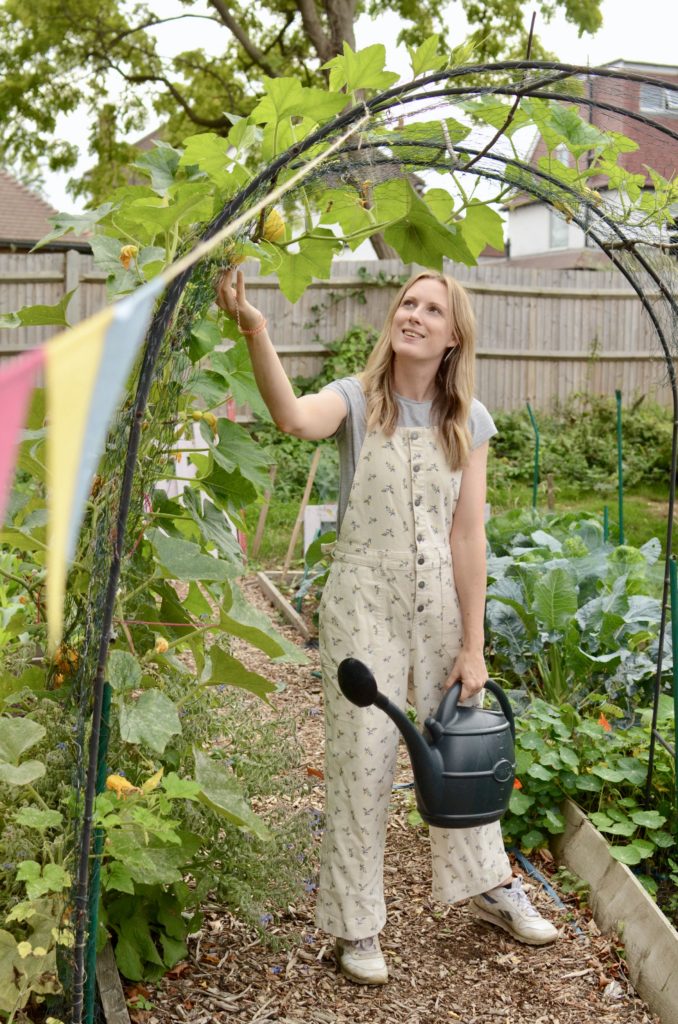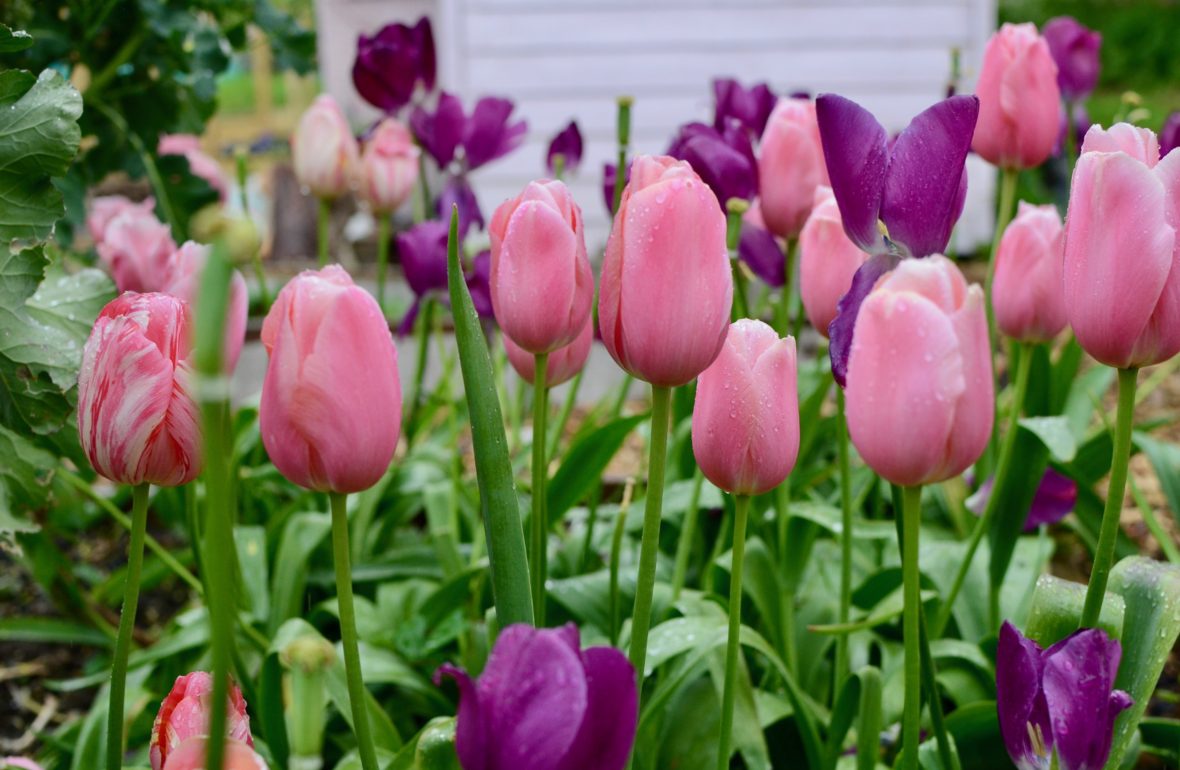
If you’ve been busy over the Autumn time and haven’t managed to do as much gardening as you had hoped, you might be wondering if it is too late to plant tulip bulbs? Well, have no fear, you are not too late! In fact, by waiting a little longer you may have actually helped them out and given them better odds of flowering without a hitch!
WHERE DO TULIPS COME FROM?
I always thought tulips came from Amsterdam as that’s the place I think of straight away when I think of tulips. But no, they don’t!
In fact, tulips were imported to Holland from the Ottoman Empire back in the 16th century. They quickly become one of the most sought after commodities and have been grown in abundance ever since! In WW2, tulips bulbs were often eaten in Holland due to the lack of food. Apparently they have a milky, sweet flavour that’s not bad, though I’ve never tried it myself!
Tulips (or at least 120 different types of them) originate from Central Asia and were first cultivated in Turkey! So they are used to very hot summer and very cold winters, which is important to know in order to understand how to grow the successfully in the UK.
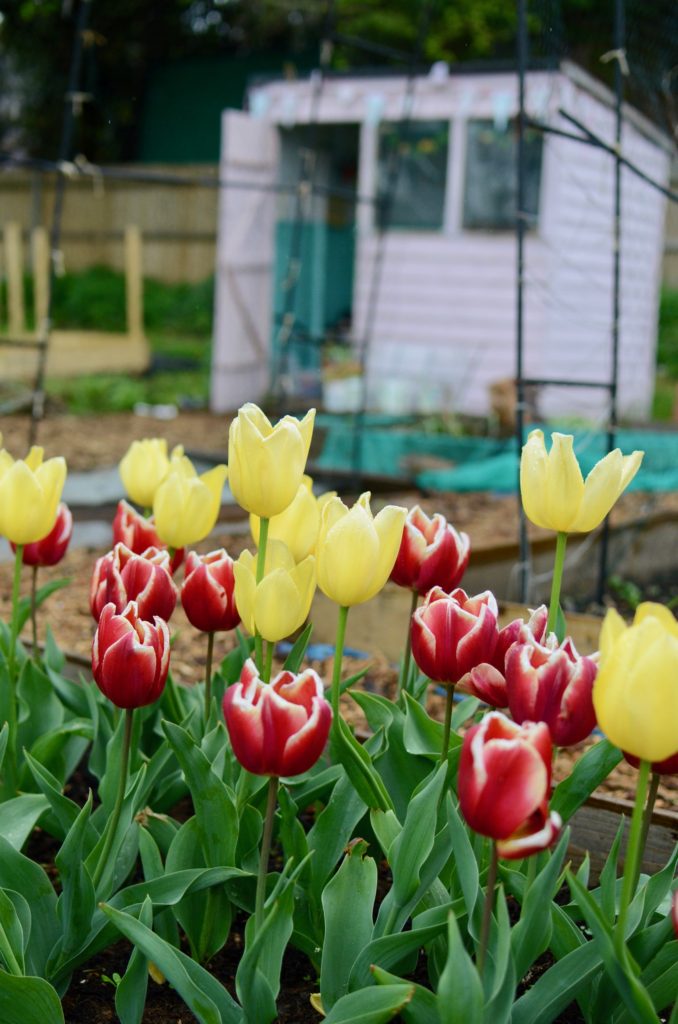
WHEN TO PLANT TULIP BULBS?
Tulips should be planted between September-February in the UK, but the later they are planted the better. I’ve planted tulips as late as mid February and had flowers that year.
The most important thing to be aware of when planting tulips, is that they need to be put into colder soil. So if we have a late summer and it’s still fairly warm in October, this won’t be a great time to plant them. You ideally want to plant them after the first frost.
Planting them later in the autumn, after a frost, can also help to prevent fungal infections from developing. The cold kills off the fungus before it has a chance to grow!
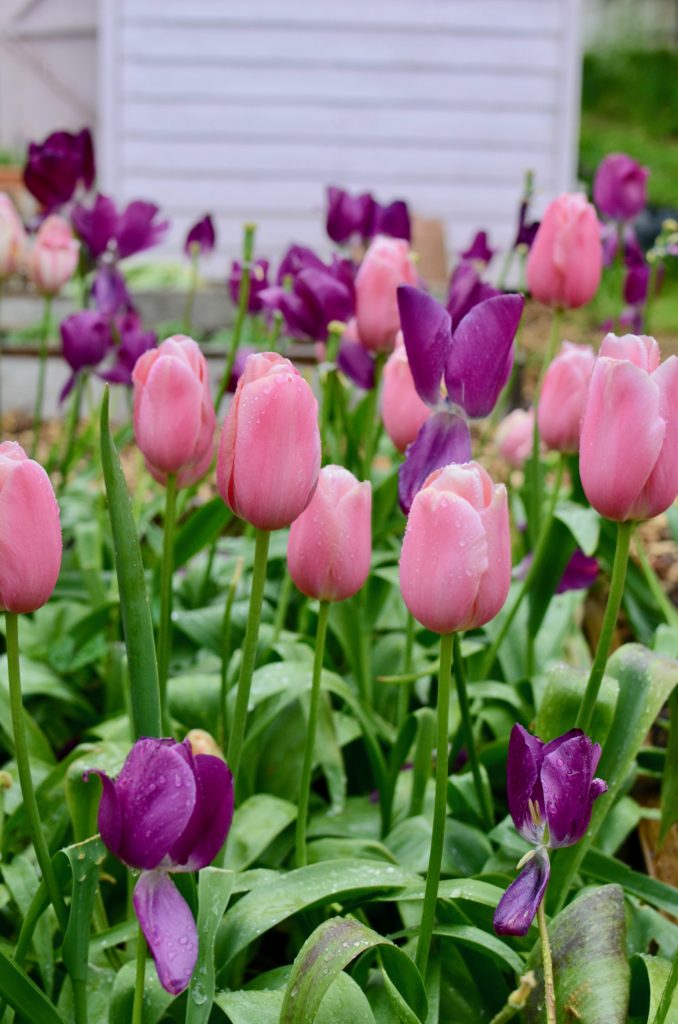
WHERE TO PLANT TULIPS
Tulips need well draining soil and sun to grow properly. They should be kept watered as they hate drying out. But don’t plant them somewhere too boggy as they can also rot quite easily.
I always find tulips look great planted in little clumps around ponds or within garden borders as it just feels more natural.
HOW TO PLANT TULIP BULBS
Choose a sunny, well draining area to plant your tulip bulbs and ideally, plant them after the first frost.
Start by placing the bulbs on top of the soil so you can really plan your display. They will needs about 12-15cm between each bulb.
If you want the natural look, try throwing the bulbs onto the ground gently and just plant them where they fall!
Bulbs need to be planted at least 3 times the depth of the bulb. Cover with soil and water well.
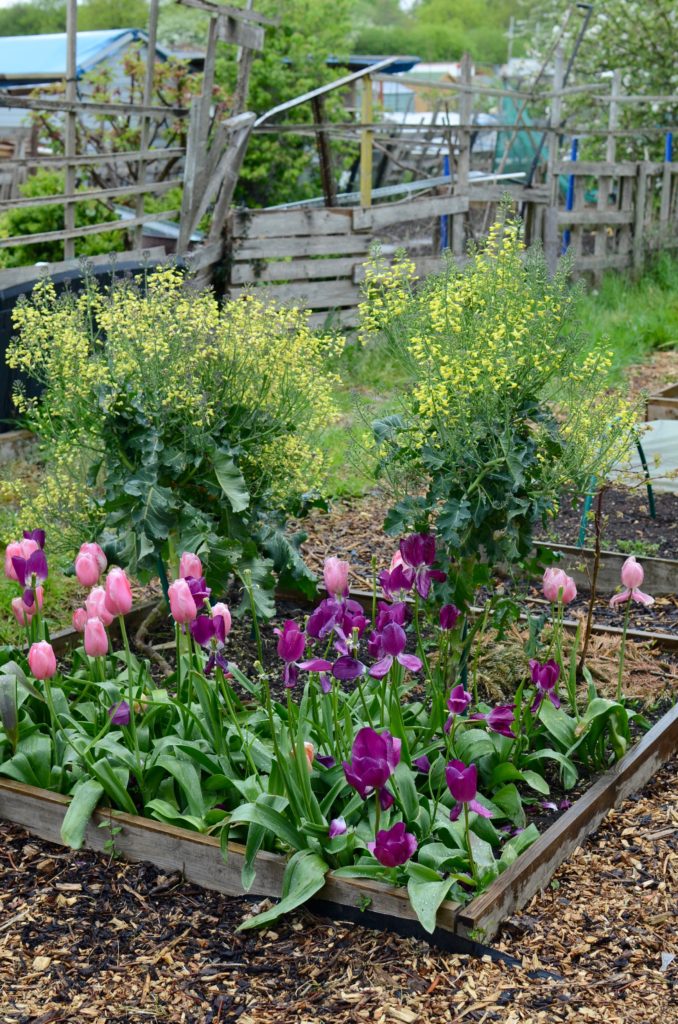
DO YOU DIG UP YOUR TULIP BULBS EVERY YEAR?
There’s not really any need to dig up your tulip bulbs year after year? I tend to leave them in the ground, unless they Catch a disease or stop producing so many flowers.
If you grow your bulbs in pots, you can pull the entire lot out and put into a cheaper, plastic pot to store until next Autumn time. That way you get your favourite pots back and can grow new flowers over the summer time!
PROTECTING YOUR TULIPS
Squirrels just love to come along and dig up all your tulips bulbs, so it’s a good idea to lay some netting or chicken wire over your newly planted bulbs, just until they get growing.
Caterpillars, slugs and snails all love to eat the leaves of tulips plants, so use barrier protection against these critters. Check inside the flowers for sneaky snails too, I always find lots hiding in mine!
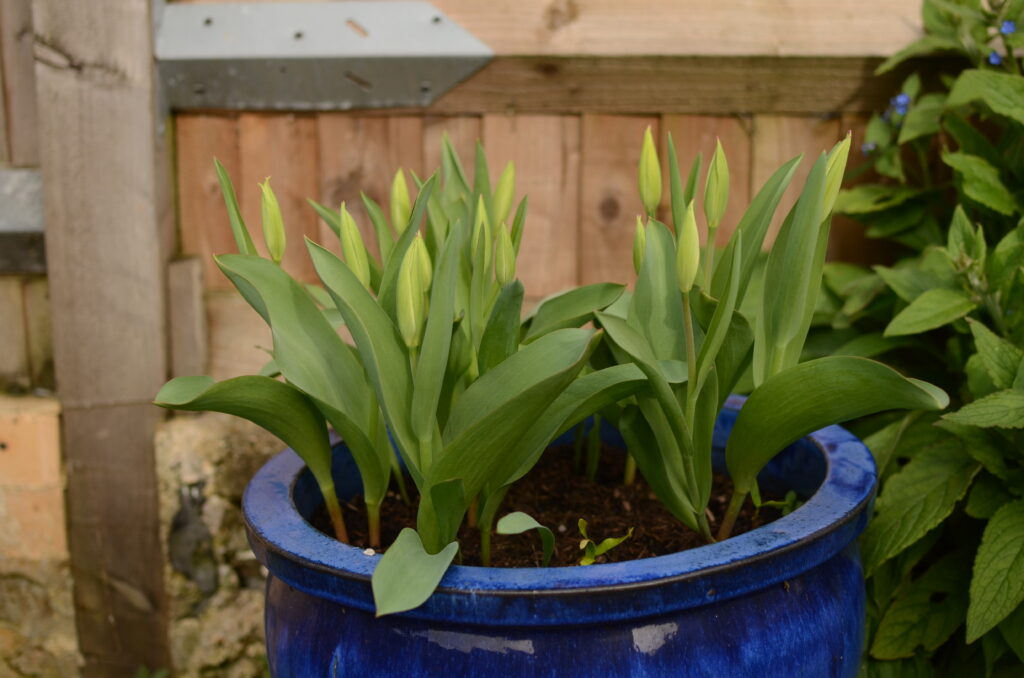
TULIP FIRE
I have lost an entire bed of tulips to the dreaded tulip fire! It’s a devastating disease caused by the Botrytis tulipae fungus which ravages your tulips leaving them discoloured and wilting.
It usually occurs when tulips are overcrowded, are over watered or have high humidity around them. If you find any sign of it on your tulips, remove the infected plants and bulbs immediately.
It is likely to spread though, so keep your eye on them and remove if you see any further sign of it.
You can try to prevent the likelihood of tulip fire by ensuring you plant your bulbs in a well draining, sunny spot and leave a good distance between each bulb to prevent overcrowding!
Get a variety of beautiful tulips to plant today using Suttons Seeds voucher codes . They have a range of bulbs and seeds to brighten up any garden, and when you buy online you can save on plants from tulips to petunias and everything in between





